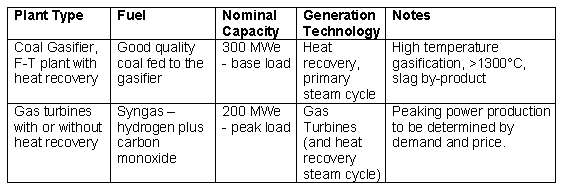Figure 2: F-T diesel exhaust emissions relative to a petroleum diesel base.
The second figure demonstrates the improved performance regarding emissions where F-T diesel is used in place of “normal” diesel. The reductions in all four types of pollutant are very significant. Note: Figures 1 and 2, should provide Kearney with reason to support the introduction of F-T fuels on the health grounds that he and this author consider so important.
From where does F-T fuel come?
F-T fuel needs a carbon source like almost any other fuel. Shell produces F-T fuels in a Malaysian plant from natural gas, whilst SASOL produces F-T fuels from coal in South Africa. Natural Gas has been proposed for the Western Australia Sweetwater Plant (Syntroleum - 2000) and for the WA Gorgon project (Chevron - 2003). Coal (brown) has been proposed as the carbon source for Victorian projects (APEL - 2002).
Advertisement
Australian F-T projects that look to using natural gas will be challenged by the demand for the gas by other industries (especially the power industry) and from Liquefied Natural Gas (LNG) exporters. Victorian brown coal with its +60 per cent moisture content has technical challenges for conversion to liquid fuels. High volatile bituminous coals, such as those found in abundance in central Queensland, have great potential for conversion to liquid fuels using the F-T synthesis, following a gasification step. A substantial liquid fuels plant coupled with a waste heat-fired power generation plant on the Queensland or Western Australian coalfields would be an asset for all Australia.
Synergies with black coal to gas to liquids
The use of F-T synthesis to produce liquid petroleum will result in the production of heavier fractions of hydrocarbons, fractions that Australia is already in deficit. The fractions will include lubricants, waxes and heavy fuel oil. As a first step, the blending of F-T diesel with “natural” diesel will allow refiners to more easily (and cheaply) meet the standards for diesel fuel that will come into force in 2006. The naphtha will become a refinery feedstock, and will most likely be blended with “natural” condensate to produce a petrol feedstock.
The most exciting prospect for F-T production is the development of fuel and power production complexes. As presented in the table below, a Fischer-Tropsch, coal-to-liquids (fuels) plant would be fed Syngas (hydrogen and carbon monoxide) from a black coal gasifier. Waste heat from both the gasifier and the F-T plant would be recovered and utilised in a steam cycle for power generation. The GTL plant would produce around 15 kbbl/day of synthetic petroleum product, plus an equivalent in water (say 2.3 ML/day), while the gasifier would produce around 250 kt/year of useful slag. The power production from heat recovery would be 300 MWe, with an option to supply additional power for peak demand by directly burning a portion of the syngas in gas turbine power stations. Note: kbbl = 1000 barrels i.e. @159 litres/barrel, 1kbbl = 159,000 litres.
The coal input would be around 2-2.5 million tonnes of good coal per year. The water produced in the F-T plant would be cycled back to the gasifier, where it would be used in syngas production. The complex would be close to being water neutral, an important feature in this water starved continent.

Table: Power generation units as part of a coal-gas-liquids complex.
Advertisement
To improve the plant economics, it is suggested that three GTL production trains be built over time, producing around 50 kbbl/day, and 1000 MWe, using 6-7 million tonnes of coal per year. This coal production is well within the production capacities of existing mines, and mines that are in the planning stage, and would for instance be a good proposition for developing mines in the southern Surat Basin of South East Queensland. Note: coal measures in the North Esperance region of Western Australia could also be candidates. The slag should be able to find uses that may be counted in CO2 emission intensity off-sets, and would find uses in construction.
Given that the Australian total oil consumption is around 900 kbbl/day in 2005, a contribution of 50kbbl/day of clean F-T fuel would be useful, but would need to be increased to say 200 kbbl/day to have a significant health and environmental benefit, i.e., the clean liquids fuels challenge is big.
Australia and liquid fuel demand
Australia’s liquid fuel consumption has been growing at around 2.5 per cent per year (1980 base). Our oil reserves and oil production have been declining. In terms of traditional petroleum supply, Australia probably has reached and passed its “Peak Oil” level; that is the level of reserves and production that can be maintained without significantly increasing cost. We must now find and develop new resources and do that as quickly as possible.
Discuss in our Forums
See what other readers are saying about this article!
Click here to read & post comments.
15 posts so far.